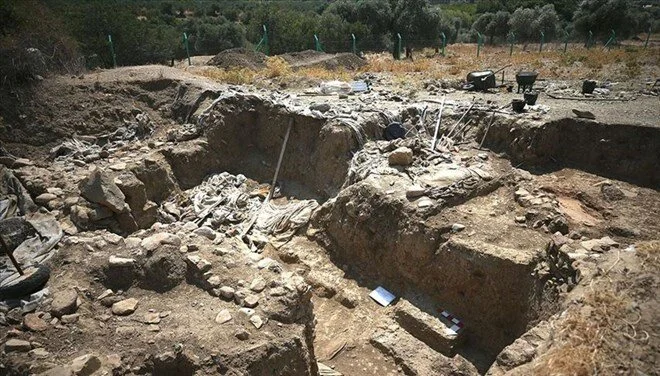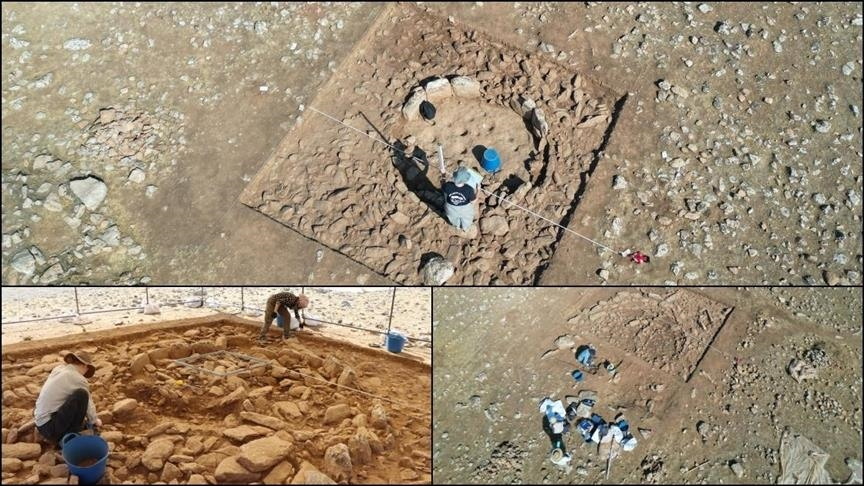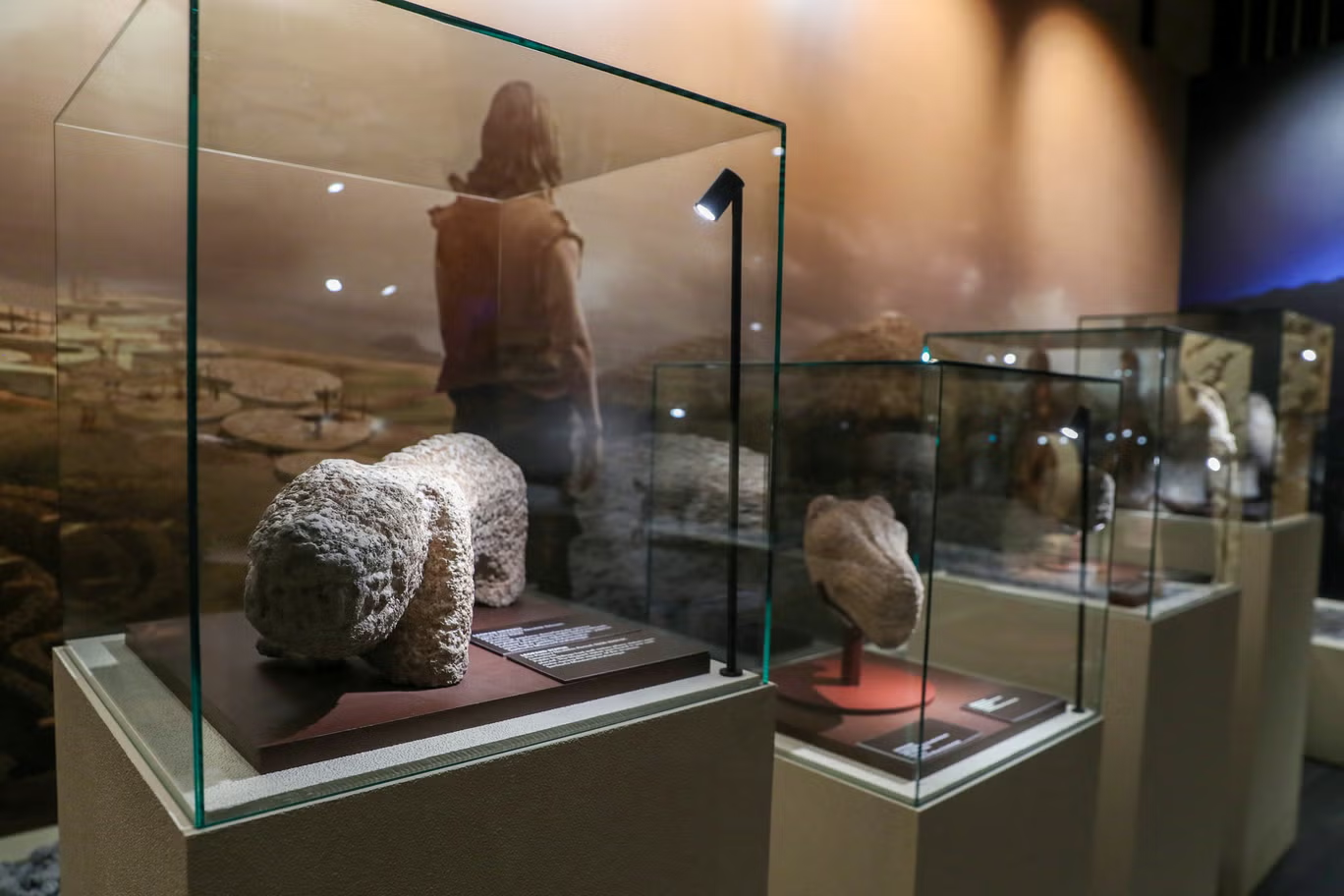The discovery of supposed "out of place artifacts" is often used by ancient astronaut theorists to support their beliefs, but some of these discoveries are hoaxes, like the Babylonian clay tablet shaped like an old Nokia phone with Babylonian numerals.
However, some out of place artifacts are genuine, and this article explores four such artifacts and the alternative explanations from mainstream scientists and historians. One such artifact is a corroded coin discovered in Maine in 1956 by amateur archaeologist Guy Melren, which was later identified as an authentic Norse coin from the 11th century. This is significant as it suggests that the Vikings may have traveled to the United States before Christopher Columbus.
Other artifacts discussed in the article include a 300-million-year-old screw found in Russia, a 1.5 billion-year-old metal sphere discovered in South Africa, and a 500,000-year-old hammer found in Texas. While these artifacts are often used to support fringe theories, mainstream scientists and historians offer alternative explanations for their existence.







